Most of the relics of the Spanish Inquisition have been destroyed or hidden all over Europe. But the walls of a historical palace in Sicily that once served as a prison are home to dark reminders of the victims of the tribunal of the Holy Inquisition.
The prayers and poems in different languages (and in local dialects), as well as the illustrations that range from simple sketches to elaborate drawings, are testaments to anger, desperation, and hope. Among references to Dante’s Inferno and drawings of inquisitors riding defecating horses, a poem written in Sicilian offers a bleak description of the circumstances: “I feel hot and cold, I have Malaria/My stomach trembles/My heart and soul are fading.”
The powerful Chiaramonte family built the eponymous palace between 1307 and 1320. The Palazzo Chiaramonte was constructed in a distinctive form of Norman Gothic architecture, which is now known in Sicily as the Chiaramontan style.
The family’s power lasted until 1392, when Andrea Chiaramonte was executed. The Chiaramonte house fell, and from the late 1400s to 1517 the palace served the Aragonese-Spanish viceroys. It later housed the Royal Customs and, from 1600 to 1782, the palace was used by the Inquisition as both a tribunal and prison. During a restoration in the 20th century, workers uncovered grooves left by iron cages in the facade. The palace is now a museum, where people can visit the prison cells which feature the walls covered in graffiti left by the inmates.
Know Before You Go
It's within walking distance of all the main monuments of Palermo, and is also served by a free tourist shuttle.

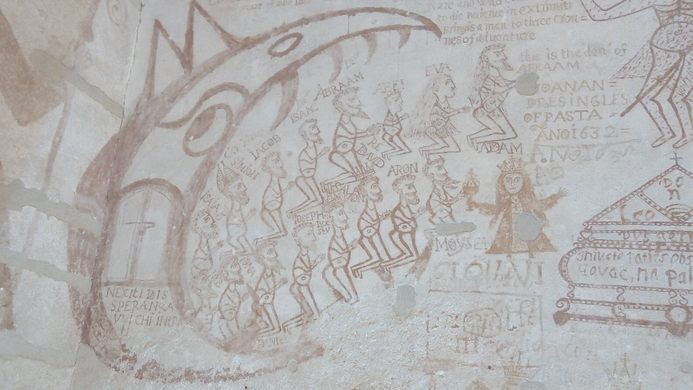
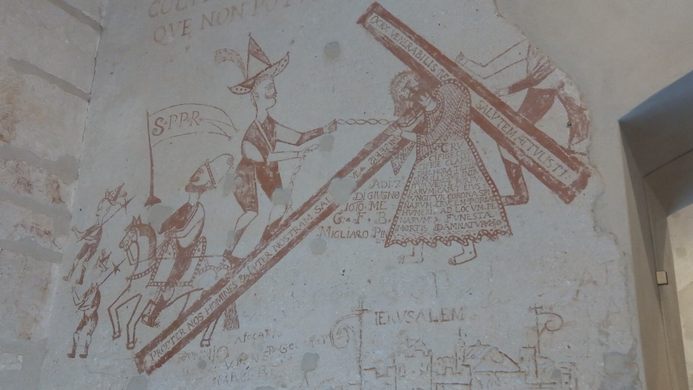
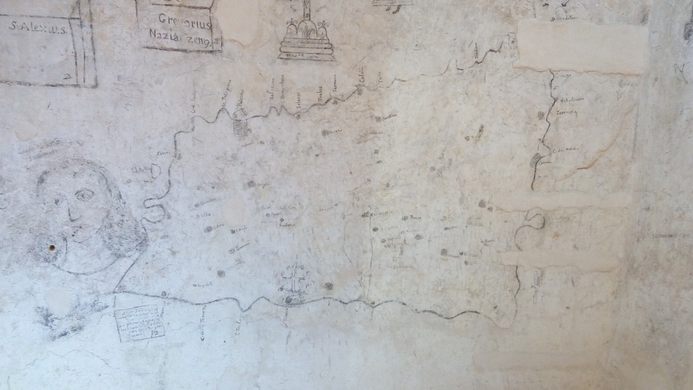
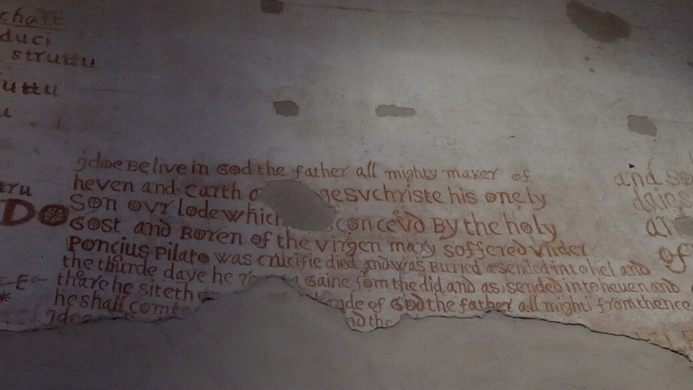
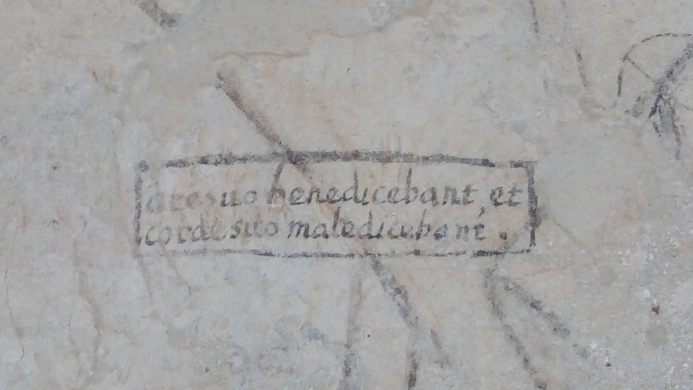
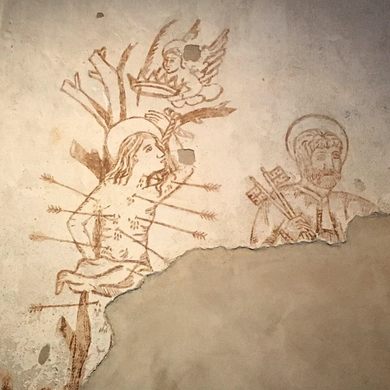
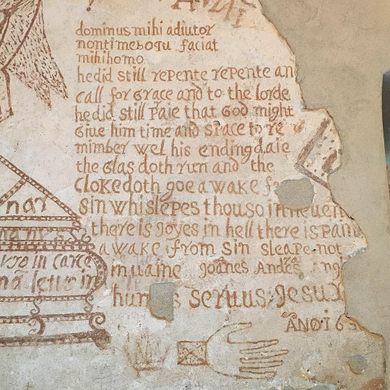




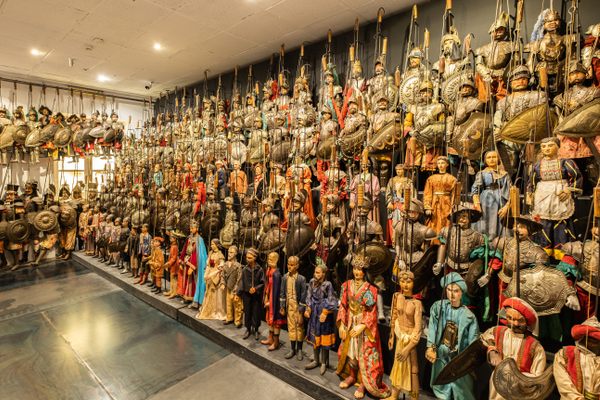
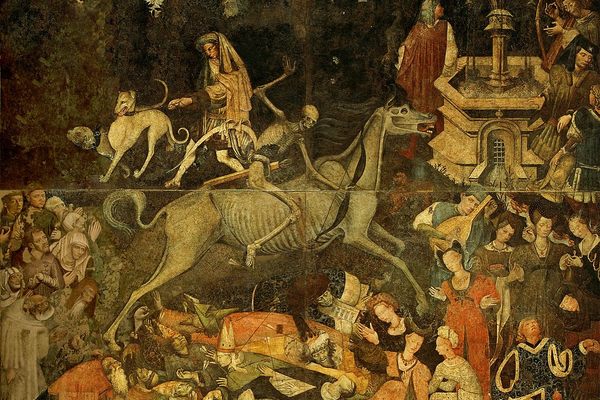





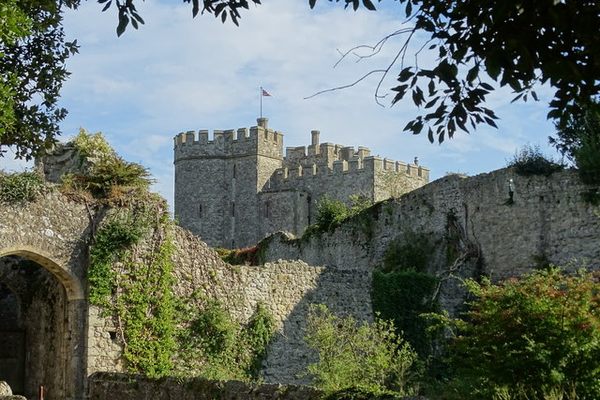

Follow us on Twitter to get the latest on the world's hidden wonders.
Like us on Facebook to get the latest on the world's hidden wonders.
Follow us on Twitter Like us on Facebook